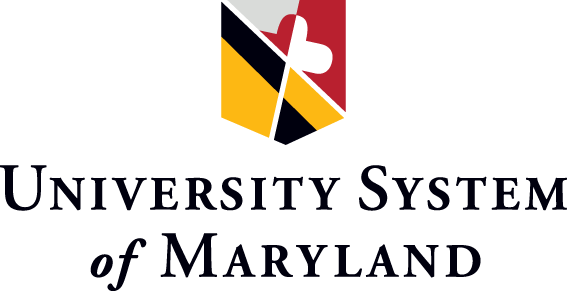
Dashboard Indicators Summary for 2020
The 2020 DBIs are based on the most recent data available for the institution and its peers. In some cases, the data lag, but it is important to note that official sources (e.g., IPEDS) publish national data following a lengthy collection, editing, and review cycle. The DBIs are summarized within each Strategic Plan category.
Affordability, Success, Diversity & Inclusion
Generally, the percentage of under-represented minorities, student quality and student success held steady or improved. In many cases, graduation rates and retention rates remain below peer benchmarks for half of the USM institutions. Moving forward, retention improvements are critical for institutional enrollment plans especially as the number of new Maryland Community College transfers declined. Tuition and fees, the percentage of students with financial aid, and the average student debt at graduation are affordability indicators. These indicators must be considered as a whole because of the inter-indicator interactions. Tuition and fees continue to increase, moderately impacting student debt. Similarly, student loans count as financial aid and increase the percentage of students with debt. While costs increased moderately, institutions have also increased institutional aid to mitigate the impact of such an increase. The average student debt increased moderately but remains less than the peer averages. BOR Finance Committee - Public Session 124 dashboards
Faculty
Faculty salaries are a mixed story for USM institutions. UMBC, UMCP, and Towson are above peer benchmarks, whereas the other institutions were slightly below the 85th percentile benchmark. Most institutions are increasing the percentage of the operational budget allocated for instructional costs, but most are still below peer averages. Student-faculty ratios are comparable to peer averages, but sometimes higher. Finally, Research & Development (R&D) dollars and awards per faculty are increasing for UMCP and UMBC but decreased for UMB and UMES.
Economic & Workforce Development
With a few exceptions, the performance in the Economic & Workforce Development indicators is not improving. US Patents issued, adjusted gross license revenue, licenses and options executed, and the number of start-up companies are below the three-year trend. On the positive side, most USM institutions have increased the number of students enrolled in upper-level STEM courses, and the R&D dollars per faculty have been improving.
Fiscal Stewardship
Nearly all institutions met their fund balance goals, and approximately half the institutions met their institutional fundraising goals. The key areas where USM institutions differ from the peer institutions are the operating expenditures for instructional and administrative costs. While instructional expenditures are increasing, USM institutions tend to spend a lower percentage on instructional costs and more on administrative costs compared to peer averages.
Effectiveness & Efficiency
Most USM institutions continue to increase the classroom utilization rates, improve the facilities renewal allocations, improve the percentage of credit hours taught by non-traditional methods, and improve timeto-degree. That said, most institutions are below the benchmark performances in these areas with the exception of course hours taught by non-traditional methods where USM institutions performed above the benchmark. Lastly, this is the final report of the instructional workload outcome measured as courseunits-per-faculty. A new faculty productivity measure will be reported based on the BOR policy change.